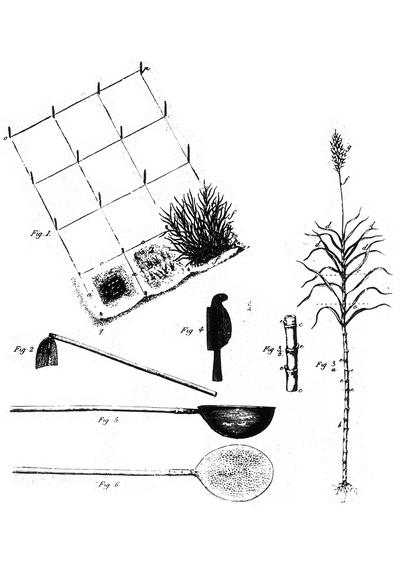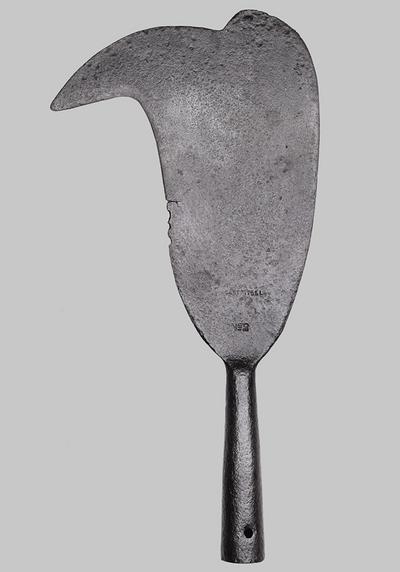
The Plantation System
The social structure of the Danish colony in the West Indies was synonymous with the plantations. Their purpose was to produce tropical goods like cotton, coffee and sugar cane that could not be grown in the cold climate of Denmark. Sugar came to play a key role in the new colony.
The land on the three islands of St. Thomas, St. Jan and St. Croix was divided into plots, each of which formed the basis for a plantation. On St. Thomas and St. Jan the future plantation owners themselves dictated the size of their holdings. St. Croix, on the other hand, was divided into a grid of plantation plots of about equal size. Some plantation owners chose to purchase plots adjacent to their own in order to expand. These mergers resulted in the creation of large plantations like La Grange and Bethlehem on St. Croix.
Sugar Production
The hilly terrain of St. Thomas and St. Jan was not well suited to growing sugar cane, so terraces had to be built on the hillsides. On St. Croix, on the other hand, the landscape was flatter and more suitable. Once they reached a certain height, the sugar cane stalks were ready to harvest. Enslaved people were equipped with sugar knives to cut them off at the root. The sugar cane stalks were then loaded onto a cart and transported to the sugar mill, where they were crushed. This stage of sugar production had to be done quickly to prevent the sugar cane juice evaporating. This made the harvest a hard time for the enslaved, who had to work from sunrise to sundown. Feeding the sugar cane into the rollers of the mill was also dangerous. If a hand or arm was trapped between the stalks as they were fed between the rollers the only way out was to chop the limb off with the axe that was always at hand. The rollers of the mill were not easy to halt. If the enslaved labourers did not work fast enough, they could be punished by the plantation ganger or bomba. The bomba was enslaved too, but was in charge of the other slaves. His task was not only to keep everyone performing slave labour, but also to administer punishment.
From the sugar mill the sweet juice of the sugar cane was channelled to the boiling house. Here it was boiled in large coppers until it started to crystallise. This was labour performed only by enslaved workers the plantation owner trusted. If the juice was boiled for too long the quality of the sugar deteriorated, as did the profits of the plantation owner.


